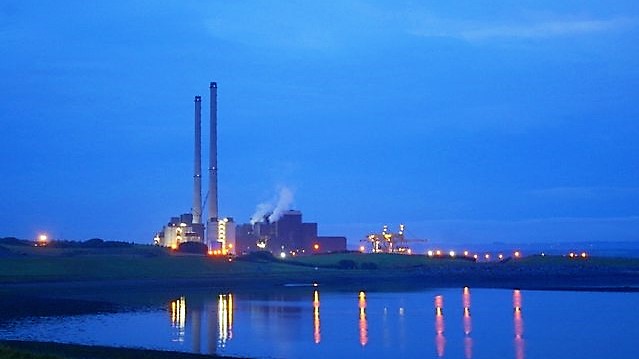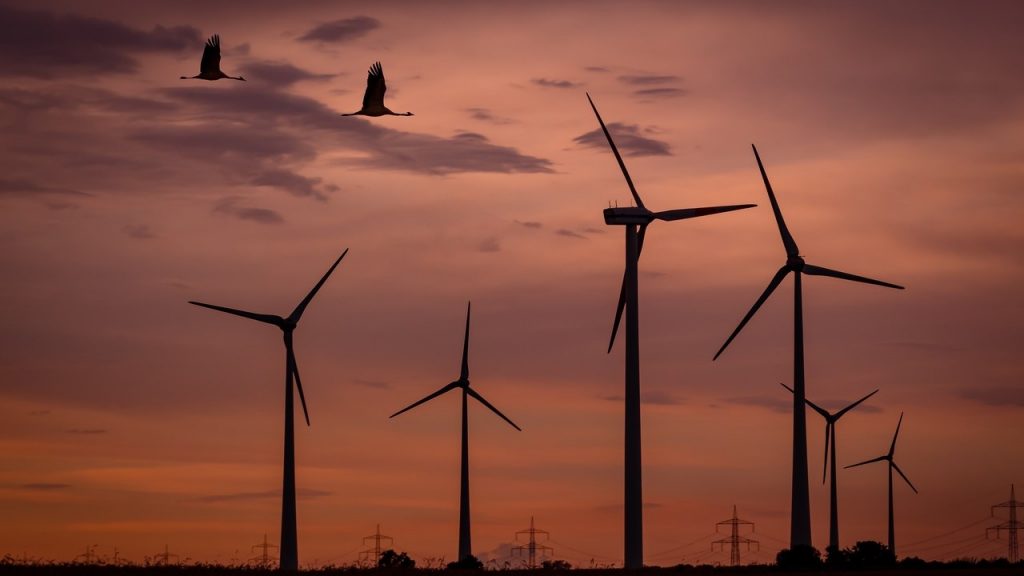Ireland failing to decouple emissions from economic growth, SEAI

December 12th, 2019
Ireland’s demand for energy is rising in line with economic growth, the latest data from the national energy authority shows.
According to the Sustainable Energy Authority of Ireland (SEAI), the demand for energy across the country rose by 4.5 per cent last year in line with economic growth of 1.7 per cent as measured by Modified Domestic Demand.
This measurement excludes the impact of trade in aircraft by aircraft leasing companies and trade in research and delivery service imports and intellectual property.
The latest figures are contained in the SEAI’s annual Energy in Ireland report that looks at trends in energy use, emissions, and underlying driving forces such as the economic factor identified this year.
According to the SEAI figures, transport continues to dominate our energy use, making up 42 per cent of the total last year.
Energy used for air travel increased by almost eight per cent to a new all-time high and now accounts for 21 per cent of total transport energy use, second only to private cars.
Energy use for heat increased at both an industry (4.4 per cent) and household (8.3 per cent) level, with a small percentage linked to slightly colder temperatures than the previous year.

Energy intensity down
Energy-related CO2 emissions did fall slightly by 1.2 per cent and are now almost one fifth below 2005 levels mainly due to a rise in wind energy combined with a 44 per cent fall in coal use due to a technical fault at the ESB’s Moneypoint power station.
Data collated by SEAI shows that the carbon intensity of every unit of electricity fell to a new low last year due to the transition to renewable sources that made up one-third of electricity generation.
While we are still short of our 2020 target for the amount of overall energy produced by renewables, the greater rate of electricity generation from renewable sources helped us to avoid 4.7 million tonnes in CO2 emissions and €620 million in fossil fuel imports.
The authority’s new CEO William Walsh said, however, that the increase in emissions from transport, business and heating is not coming fast enough to meet our EU energy-related targets.
“Overall, the rate of emission reductions will not keep us on track to meet our long-term decarbonisation goals,” he warned. “To achieve our targets, we need to tackle it in every part of society,” he added, placing particular emphasis on transport, including air travel.
“Ireland has a significant challenge in the transport sector. For example, energy use for air travel has reached an all-time high and is now second only to private cars as a share of transport energy.
“This is a perfect example of the tug of war between a desire to reduce greenhouse gas emissions on the one hand and the increased energy demands of an improving economy on the other,” Mr Walsh said.

New wind guidelines
This morning, the Government published new draft wind development guidelines outlining plans for increased set-back distances and firmer noise limits, as well as measures to tackle shadow flicker caused by rotating turbine blades.
Under the proposed guidelines that are now out for public consultation, it would be mandatory for wind developers to engage in active public consultation with the local community at an early stage as well as ensuring economic and social benefit for locals.
The draft guidelines also outline new planning measures to ensure that both the wind energy development itself and the associated grid connection are assessed in line with requirements under EU law.
Several recent judgements in Ireland and Europe found that the development and grid infrastructure must be considered together as one single project when conducting environmental assessments.
The Irish Wind Energy Association (IWEA) has already spoken out against the draft guidelines, with its CEO Dr David Connolly stating this morning that a quick study of the draft makes it “immediately clear” that they will make it more difficult and more expensive to develop wind projects.
“We look forward to participating constructively in this consultation in the hope that a final set of guidelines, based on scientific evidence, can find a more appropriate balance between the concerns of those opposed to wind farms and the need to take action on climate change,” he said.
[x_author title=”About the Author”]







